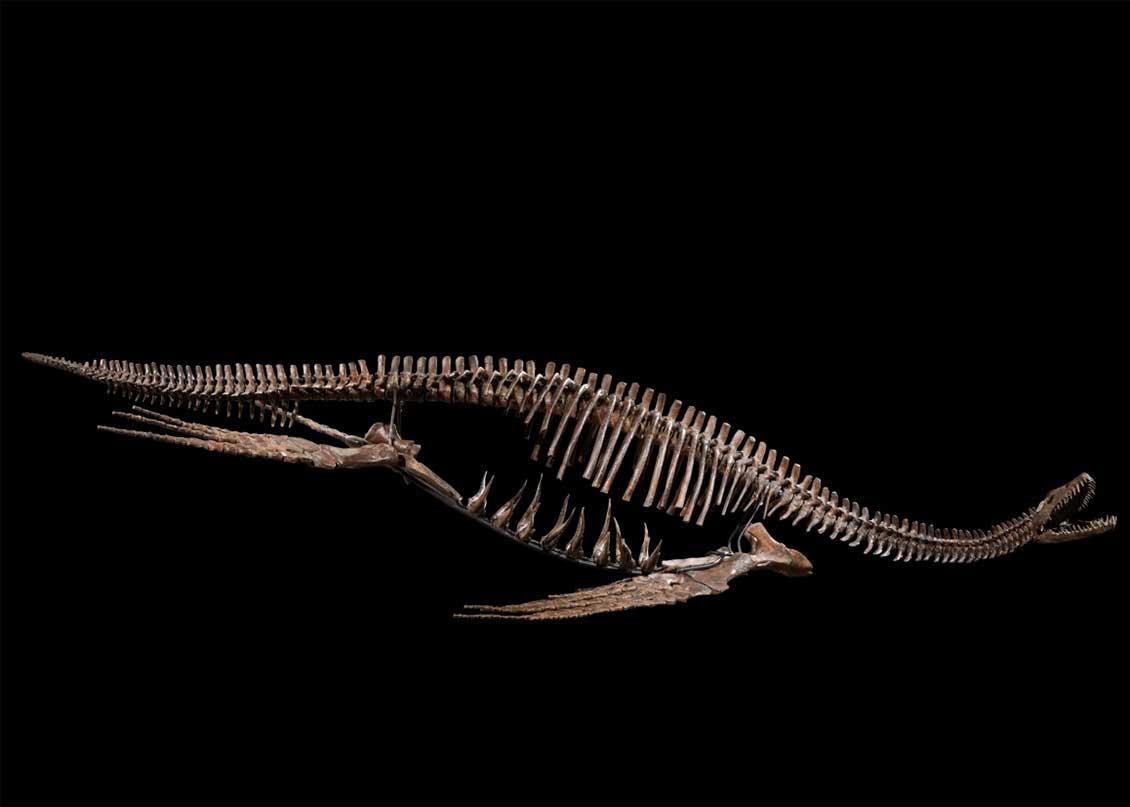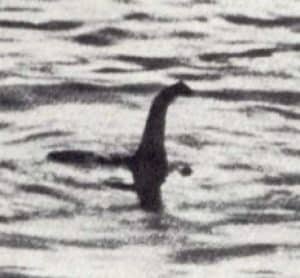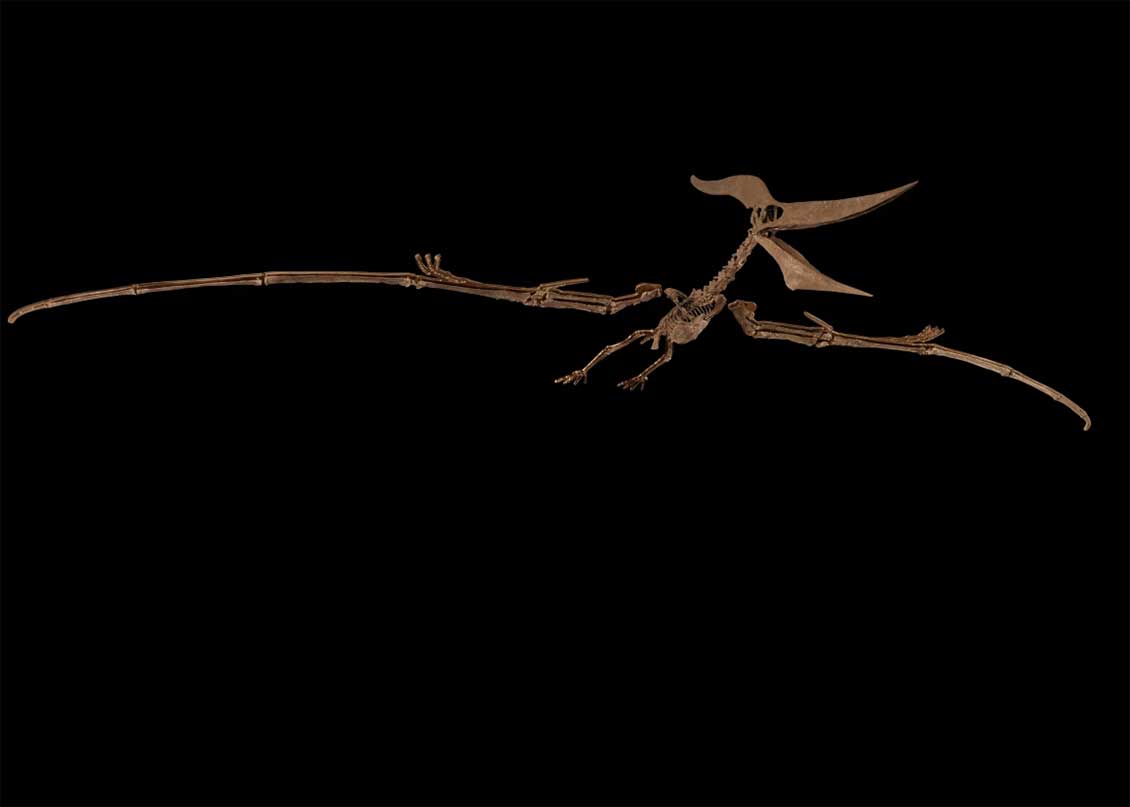
While there’s little scientific evidence of Nessie’s prehistoric provenance, ancient animals inspire much of humanity’s art and folklore.
Modern science has achieved a mastery of our environment that would have seemed like magic to earlier humans. Despite this, we remain enchanted by the unknown, by the ancient world and by monsters.
Pop culture confirms this over and over again. In the HBO hit Game of Thrones, dragons stole the show. Starting in the 1990s, genetically engineered dinosaurs wreaked havoc in the blockbuster franchise Jurassic Park.
Humankind has long fantasized of dragons and other mythical creatures. In China, the dragon served as the emblem of emperors and remains a symbol of Chinese identity. In the BBC documentary Dinosaurs, Myths and Monsters, writer Tom Holland wonders whether the fossil of an elephant, with its central nasal cavity, inspired the Greek myth of the cyclops – and whether fossilized remains in general inspired the legend of the Gorgons, who turned creatures to stone.
Fossil hunting and fossil collecting are two great expressions of this fascination, and in fact the first discoveries of fossils by Western scientists rocked humankind’s very conception of time and of life on Earth. As the highlights of its 26 July Natural History auction, Sotheby’s is offering fossilized remains of two fascinating ancient creatures who inhabit modern myth and urban legend.
Watch the unboxing “Horus” the Pteranodon
“The fossil remains of extinct species are… reminders of our own capacity for obsolescence, of our individual mortality and of our potential extinction as a species.”
Dating to the Late Cretaceous, about 85 million years ago, “Horus” the Pteranodon (est. $4-6 million), a close relative of the dinosaurs, was one of history’s largest and most formidable flying species. A fully mature adult named after the ancient Egyptian god of the sky, it has a wingspan of some 20 feet. The most valuable skeleton of the species to be offered at auction, it was found in 2002 in the chalk hills of Kansas.

That site is “particularly well suited to fossilizing Pteranodons,” points out Cassandra Hatton, Sotheby’s Global Head of Science and Popular Culture. “Although their thin and hollow bones are easily obliterated. The chalky soil, originally under a seabed, provides the perfect conditions for preservation.”
Another fossil on offer is potentially connected to a mythic monster some say survives on Earth today. Dating from the Lower Jurassic, about 190 million years ago, “Nessie” the Plesiosaur (est. $600,000-800,000) is a creature thought by some to have inspired the Loch Ness Monster. Mostly known to have lived in saltwater, the reptile’s remains have also been found in freshwater environments, giving rise to speculation that one could still swim in Scotland’s Loch Ness, where locals have reported sightings of a giant beast for at least 1,500 years.

This specimen, uncovered in the 1990s in Gloucestershire, England (just 500 miles from Loch Ness), extends some 11 feet in length. The best-preserved example to come to auction, it is poised to become the most valuable of its kind ever auctioned.

Such creatures give rise to humbling thoughts, observes Hatton.
“What would the planet be like if we had never shown up?” she says. “It makes you think more about who we humans are. I would say we are marvelous, but not always. What kind of accident are we? How are we so different from previous life on this planet?”
Art critic Zoë Lescaze explores similar ideas in her 2017 book Paleoart: Visions of the Prehistoric Past.
“We’re attracted to dinosaurs and similar creatures for their metaphorical contradictions,” she adds. “They’re big, strong and ferocious, but also weak, obsolete and essentially irrelevant. We can see ourselves in that blend of power and fragility.”
While science provides no indication that prehistoric creatures survived these millions of years, don’t tell that to the many who are convinced they’ve seen a creature swimming in the lake. Or for that matter, in the skies: In 2021, hard-nosed military pilots encountered “unidentified aerial phenomena,” or what we once called UFOs.
A poster above the desk of another pop culture icon, Agent Mulder from the hit TV series The X Files, in which he and Agent Scully hunted for little green men, gives voice to a sentiment felt by many of us, even today, when it comes to all things magical and mysterious: “I want to believe.”
POSTED WITH PERMISSION. COPYRIGHT SOTHEBY’S. Click to read original article.

